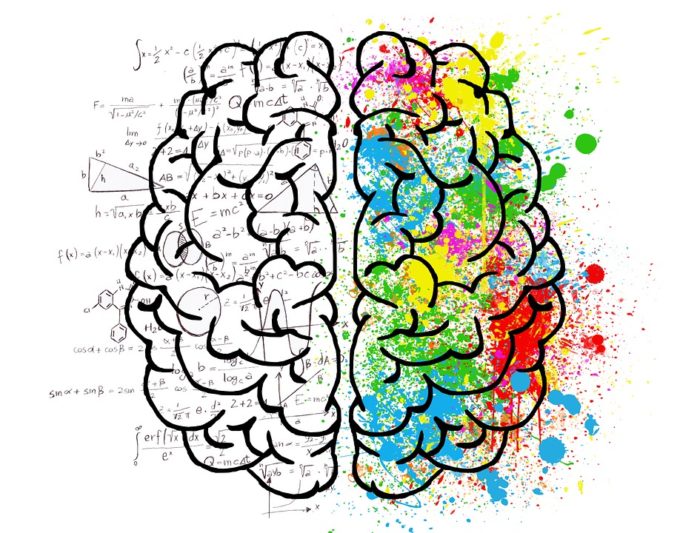Consumer psychology is a captivating field to study. Not only do we respond to various visual stimuli on a subconscious level, but we also make most of our purchasing decisions subconsciously. As a website owner, you need to pay attention to your visitors and understand what it is that drives them to make a purchase. While a fast and simple website will always triumph over a slow but well-designed one, there are some psychology-based design tricks that you can implement and use to engage your audience and convert them from visitors into subscribers and paying customers.
The use of colors
Color is the main driver when it comes to evoking emotion. Furthermore, color, as well as other visual factors influence the purchasing decisions of more than 90% of the time. Around 85% of customers cite color as the key reason for their purchase and more than 60% of customers refusing to buy a certain appliance if it doesn’t come in their favorite color.
This is why it’s so important for businesses to choose a color or a palette that accurately matches their brand and resonates with their target audience. Think Coca-Cola red, or Starbucks green, for example. Besides evoking an emotional response, colors can also be used to draw and focus attention on specific areas of your website in order to produce engagement by encouraging visitors to respond by clicking.
But the choice of color ultimately depends on the goals you’re trying to accomplish. Peaceful colors such as green, blue and purple can make reading lengthy content easier, while bright colors and high-contrast combinations such as red/white are ideal for bringing user’s attention to specific page elements like CTAs and buy buttons.
The choice of fonts
But colors aren’t the only ones to evoke emotions and affect conversions. Choosing the right font can mean the world of difference between your brand being perceived as affectionate and elegant, strong and progressive, or, let’s say, respectable and traditional. Fonts can also be used to differentiate your brand and set it apart from the sea of competitors. But at the end of the day, no matter what font type you use, the most important thing is that your fonts are legible and your content readable. There is no point in using a fancy script if your visitors are having a hard time understanding it.
The Gestalt principle
The main idea behind the Gestalt principle is that our perceived reality is nothing more than a mish-mash of inbound signals, all being processed by our brains at the same time. In order to make sense of all those signals and make their processing easier and more convenient, our brains tend to cluster them together into groups.
Leveraging this principle in web design is as simple as conveying information in a logical, orderly and symmetrical manner. In the eyes of your visitors, elements that are close together and similar in color are most likely related, while those in different colors and far apart from each other will likely be deemed unrelated to each other. Some of the best website design and development companies leverage this principle by relying on asymmetry instead of symmetry to guide visitor’s attention towards CTAs.
Hick’s Law
Hick’s law states that as the number of choices we have increased so does the time needed to make a decision based on those choices. One of the best examples of Hick’s Law comes from a jam study carried out by a grocery store, where customers were presented with two jam-tasting displays: one with 24 jams and the other with just 6. Being faced with more than 20 different options proved to be quite overwhelming for the average consumer, with only 3% of them actually buying one. Limiting this choice to just 6 different jams resulted in 30% of customers making a purchase.
The same principle applies in web design and the more choices visitors have, the more time they will need to make a decision or perform an action. Keeping the number of elements, forms and fields to a minimum guarantees an increase in the number of conversions. Instead of overwhelming your visitors with three different calls to action, you should eliminate the secondary CTAs and draw their attention to a single, more focused CTA.
First impressions might be everything but relying solely on looks will hardly generate the amount of engagement you need. Every web designer, whether a novice or a design expert, need to know at least some fundamentals of human psychology and use them to provide their target audience with an engaging shopping experience and relying on the above-mentioned principles is a sure-proof way of driving user-engagement, increasing conversion rates and improving your bottom line.
Author Bio: Daniel Bishop


